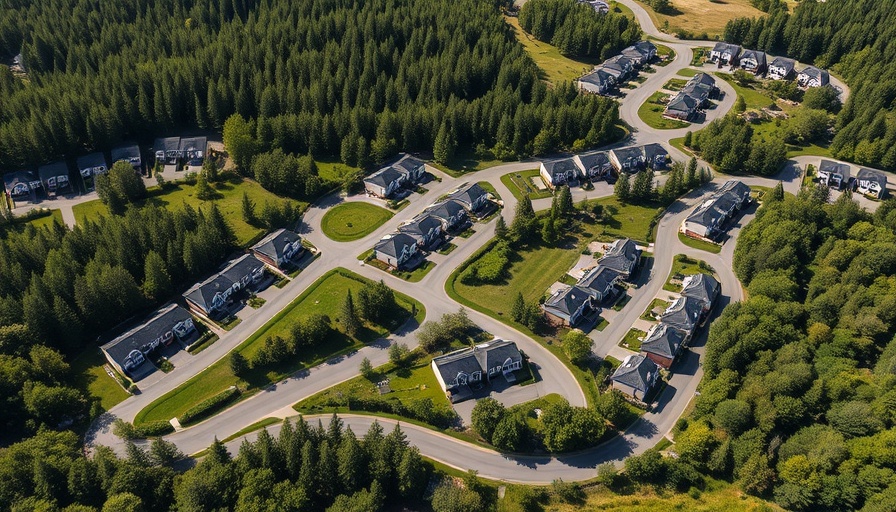
Unlocking Affordable Options: South Africa's Building Landscape
South Africa stands out on the global stage as a remarkably affordable destination for building homes, making it an appealing proposition for both prospective homeowners and savvy investors. As various international markets see an upward trend in construction costs, South Africa’s low building costs offer an enticing opportunity. With expert insights from industry leaders, we take a closer look at this burgeoning landscape.
Why South Africa?
“South Africa offers some of the most competitive land and building costs globally,” emphasizes Reece Daniel, a developer involved in eco-focused estate projects like Serenity Hills on the KZN South Coast. The Turner & Townsend International Construction Market Survey 2024 reveals that the average construction costs in Johannesburg are estimated at R17,791 per square meter and R19,589 in Cape Town. This is a substantial saving compared to other cities worldwide—such as Ho Chi Minh City (R20,021), Lagos (R27,716), and even Harare (R35,868)—making South Africa a haven for affordable housing.
What Sets South Africa Apart: Economic Indicators and Insights
The favourable economic environment is further amplified by the lack of transfer duties and lower municipal rates linked to property values, making it easier for first-time investors to enter the market. The Absa Homeowner Sentiment Index has signaled a renewed confidence among South African consumers in the property market. In fact, 87% of buyers remain optimistic about residential property as of Q4 2024, reflecting a notable uptick in purchasing intent.
Living the Coastal Dream: Benefits of Serenity Hills
Serenity Hills on the KZN South Coast epitomizes the ideal blend of affordable coastal living and sustainable practices. Not only does the estate offer competitively priced land, it also allows residents to minimize utility costs through energy-efficient installations. Being surrounded by nature with access to diverse amenities such as hiking trails and a community clubhouse adds significant value to the lifestyle.
Future Trends in the South African Property Market
As more urban and suburban developments begin to adopt sustainable building practices, we can expect an increase in interest from investors who prioritize eco-friendly and green designs. The integration of smart city concepts—including efficient infrastructure and community-driven spaces—marks a significant trend towards urban regeneration in South Africa. Prospective investors are already realizing the added value of eco-friendly living, resulting in new opportunities for those willing to innovate.
Decisions You Can Make with This Information
The insights into South Africa's property landscape can empower potential investors and homeowners in making informed decisions. With lower costs and favorable market conditions, now is an excellent time to consider property investment in South Africa. Whether seeking residential property for personal use or investment, the advantages are both significant and compelling.
Community Living in Full Swing
Residents of developments like Serenity Hills enjoy more than just a place to live; they benefit from a community-centric approach that fosters social connections. Regular events and community gatherings enhance the experience, creating a sense of belonging that transcends mere ownership.
Join the Growing Trend: Your Invitation to Invest
With the backdrop of low construction costs and an energetic property market, the landscape is ripe for investment. Whether you are looking to capitalize on affordable housing or participate in sustainable development initiatives, South Africa offers a wealth of opportunities. Embrace this moment and consider exploring what these emerging developments can offer you!
For more in-depth analysis of trends and opportunities in the property market, invest your time in understanding the wealth of resources available to navigate your way to successful homeownership and investment.
 Add Row
Add Row  Add
Add 




Write A Comment